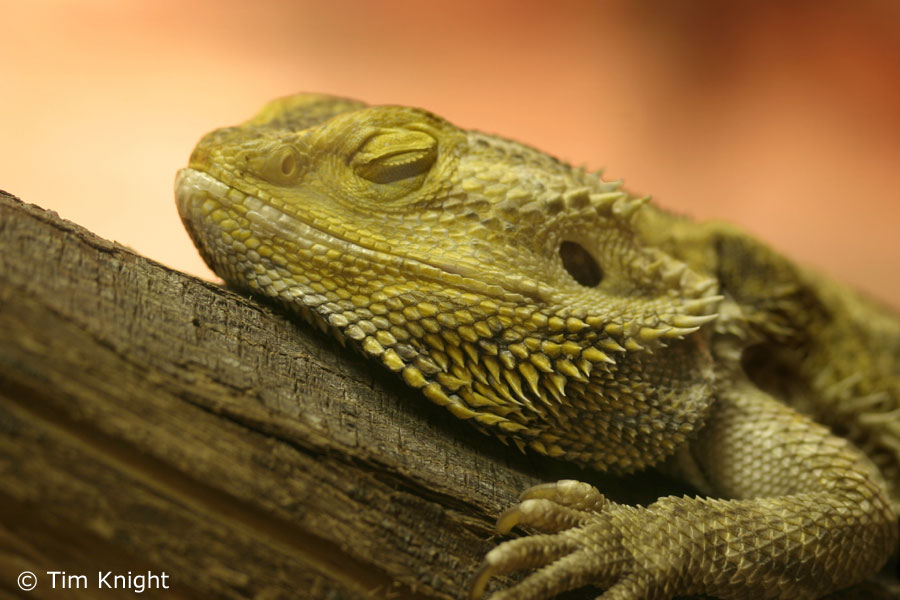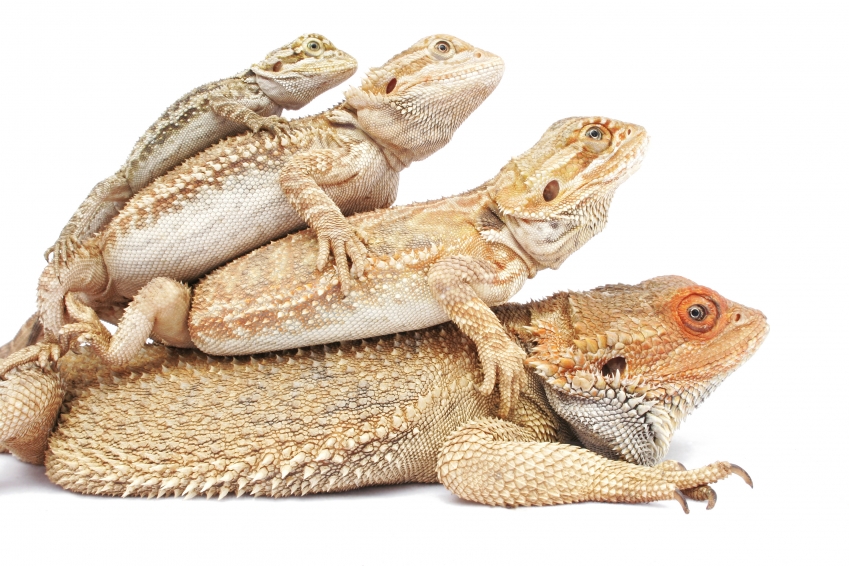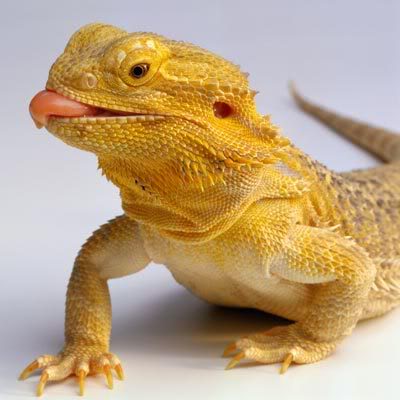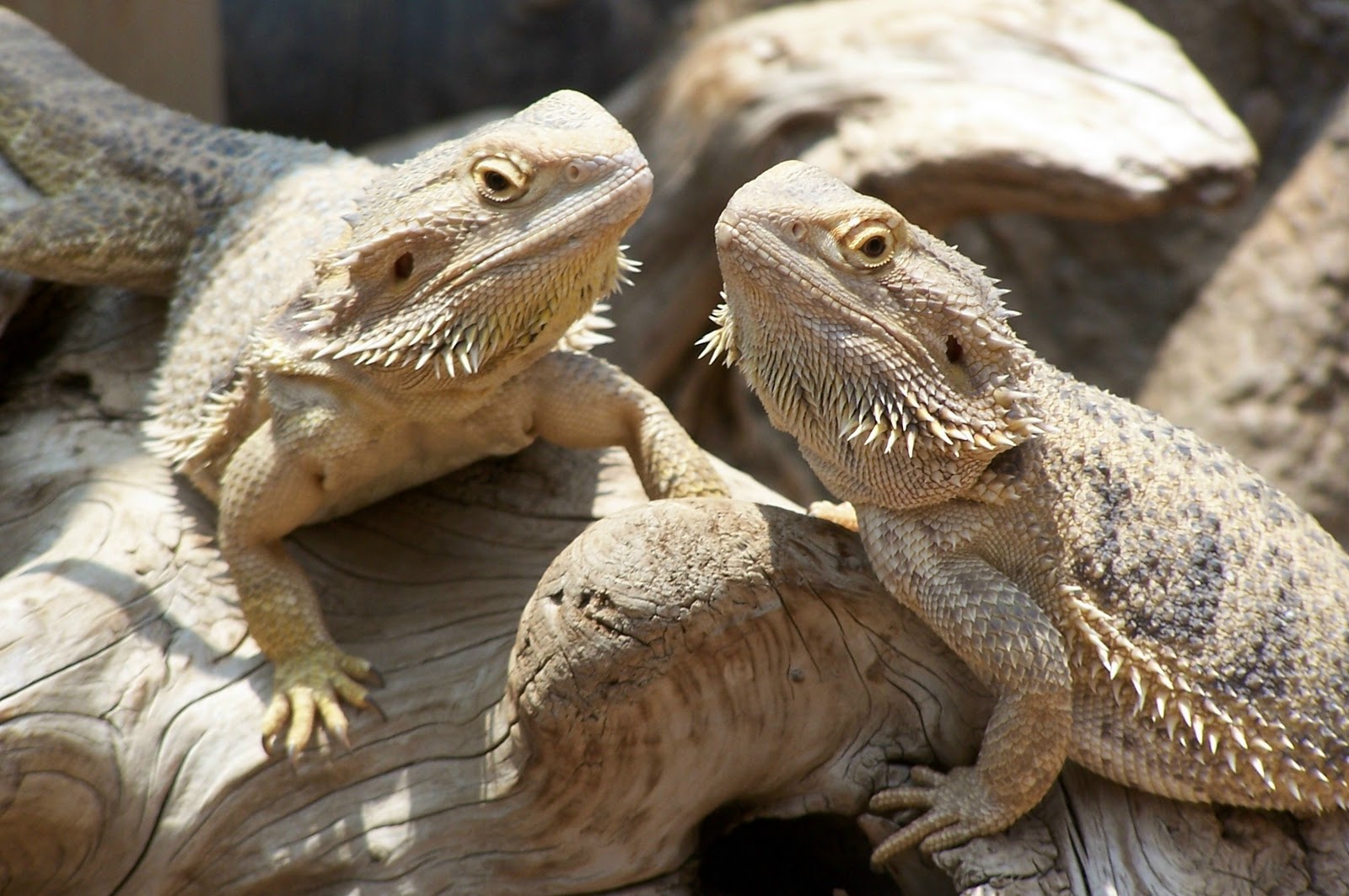Can I Put Fake Plants in My Bearded Dragon Tank? The Ultimate Guide for Beginners
A Beginner’s Guide to Bearded Dragon Tank Setup
If you’re a bearded dragon owner, you know how important it is to provide a comfortable and stimulating environment for your scaly friend. A well-designed tank setup can go a long way in keeping your pet happy and healthy. This begs the question – can you put fake plants in your bearded dragon tank? In this guide, we’ll explore the pros and cons of fake plants and how to properly incorporate them into your bearded dragon’s habitat.
Pros of Fake Plants for Bearded Dragon Tanks
Fake plants have become increasingly popular in the world of reptile care for several reasons. First, they are a low maintenance option, which is especially appealing to beginner bearded dragon owners. Unlike live plants, fake plants don’t require sunlight, water, or fertilizers. They are also less likely to attract pests or harbor harmful bacteria.
Another advantage of fake plants is their durability. Some bearded dragons have a tendency to uproot or destroy live plants, which can be frustrating for owners. Fake plants are typically made with sturdy materials that can withstand the occasional nibble or bump from your bearded dragon. Finally, fake plants come in a wide variety of styles, colors, and textures, allowing you to customize your bearded dragon’s habitat to your liking.
Cons of Fake Plants for Bearded Dragon Tanks
While there are certainly benefits to using fake plants in your bearded dragon tank, there are also some downsides to consider. One potential issue is the risk of injury. Some fake plants are made with sharp or rough edges that can scratch or puncture your bearded dragon’s skin. It’s important to choose high-quality, non-toxic options to minimize this risk.
Another potential downside of fake plants is their lack of nutritional value. Live plants can provide valuable nutrients for your bearded dragon, such as calcium and fiber. If your bearded dragon has a diet that lacks variety, it’s especially important to make sure they are getting enough of these essential nutrients from their food or supplements.
How to Incorporate Fake Plants into Your Bearded Dragon Tank
If you decide that fake plants are a good fit for your bearded dragon’s tank, there are a few things to keep in mind. First, make sure to choose plants that are sized appropriately for your tank. Overcrowding your tank can create a stressful environment for your bearded dragon and potentially lead to health problems.
Additionally, it’s important to ensure that your fake plants are securely anchored in place. Loose plants can pose a choking hazard or become a hiding spot for pests or bacteria. Consider using suction cups or plant anchors to keep your plants firmly in place.
Finally, be sure to clean your fake plants regularly to prevent the buildup of dirt or bacteria. You can use a gentle soap and water solution to clean your plants, or purchase reptile-safe disinfectant wipes. Avoid harsh chemicals or abrasive scrubbing, as these can damage your plants and potentially harm your bearded dragon.
Conclusion
Choosing whether or not to use fake plants in your bearded dragon’s tank ultimately depends on your personal preference and priorities. While they offer several advantages in terms of maintenance and aesthetics, it’s important to consider the potential risks and downsides as well. By following proper cleaning and anchoring protocols, you can safely and effectively incorporate fake plants into your bearded dragon’s habitat, providing them with a comfortable and stimulating environment.









